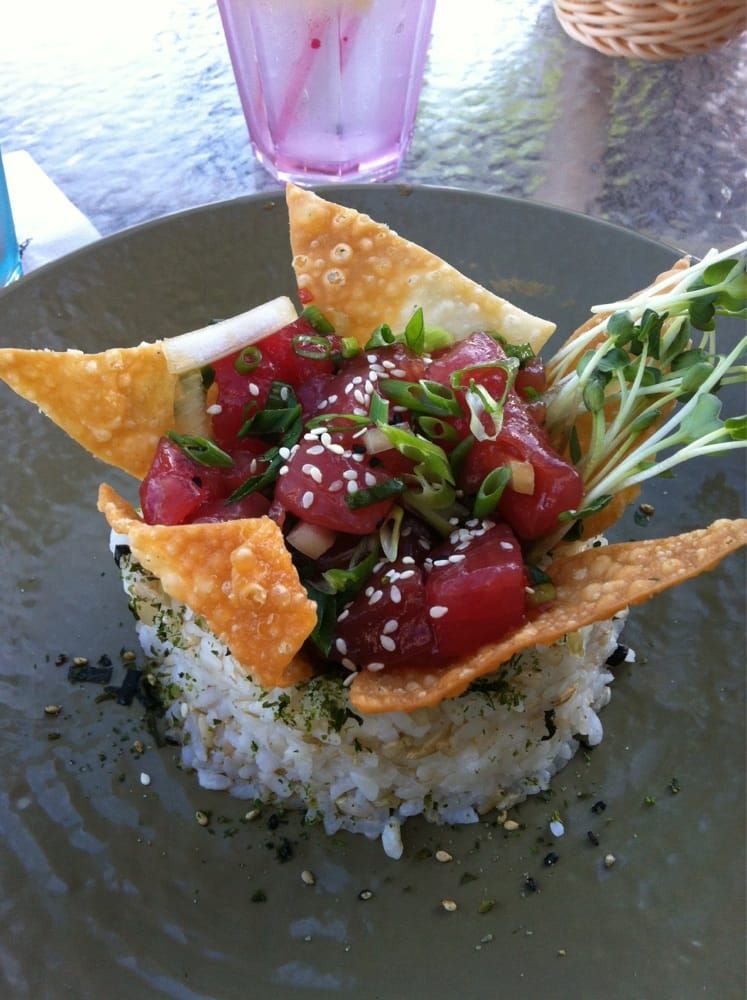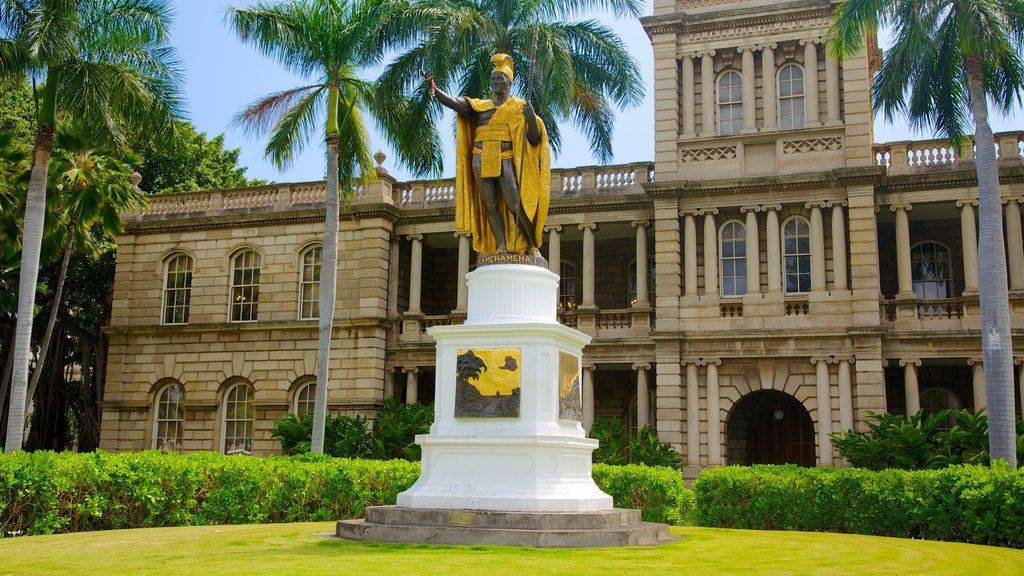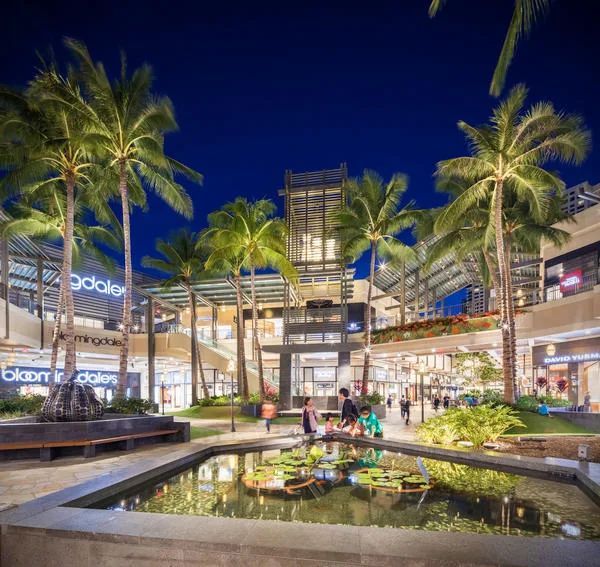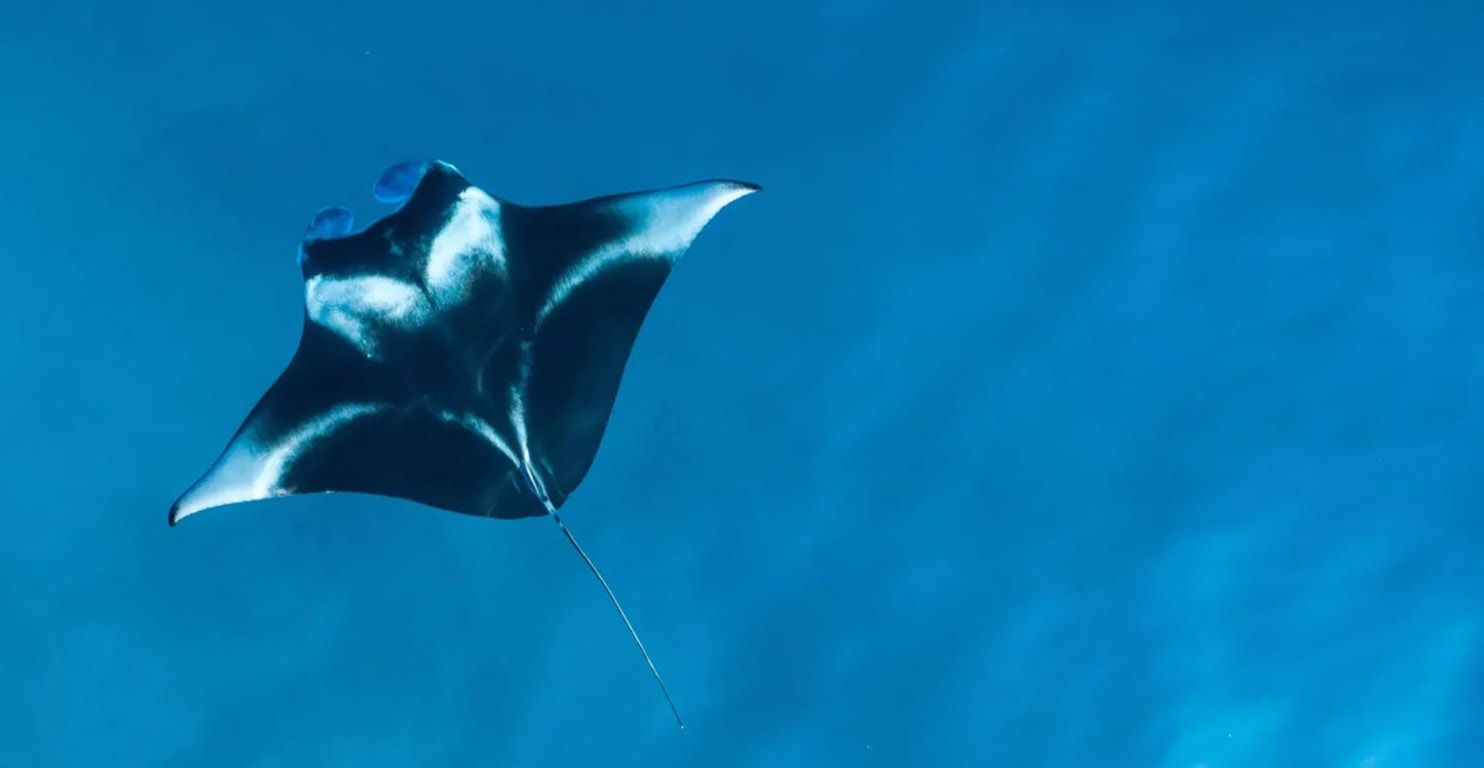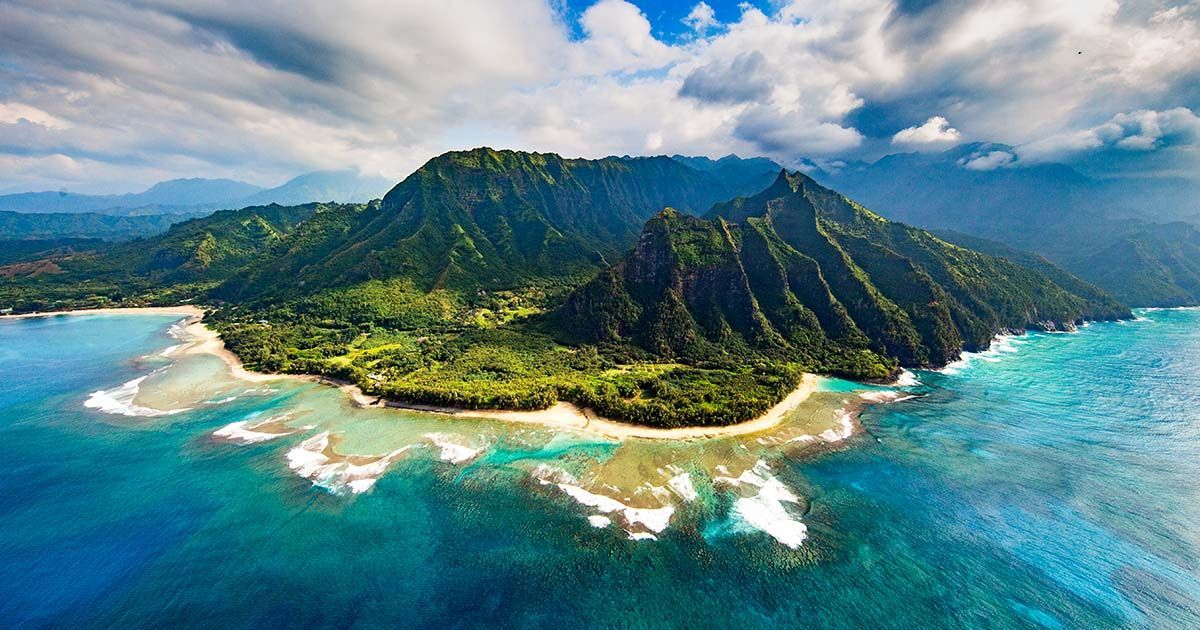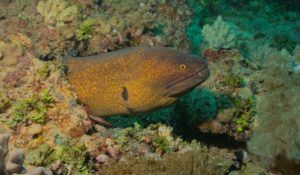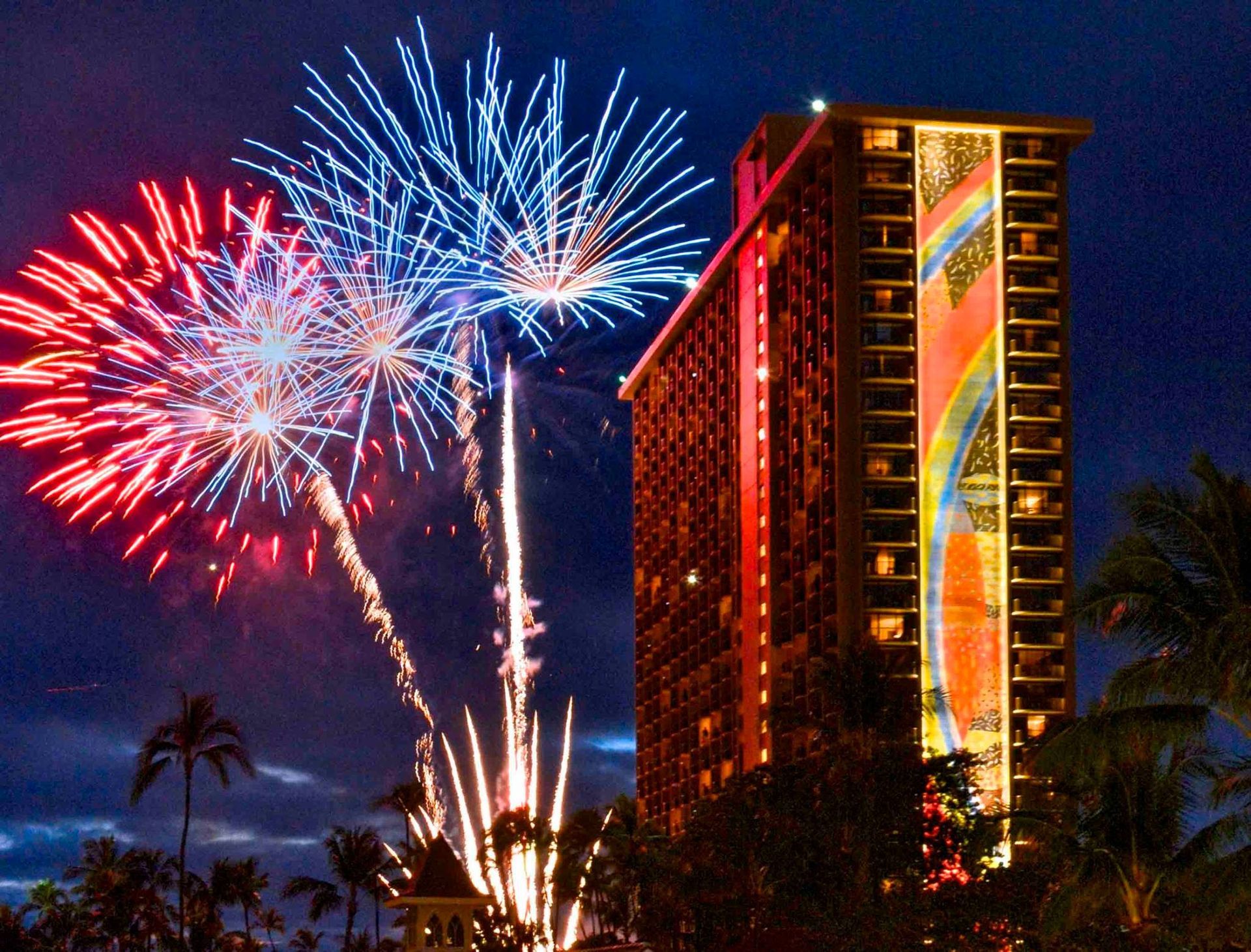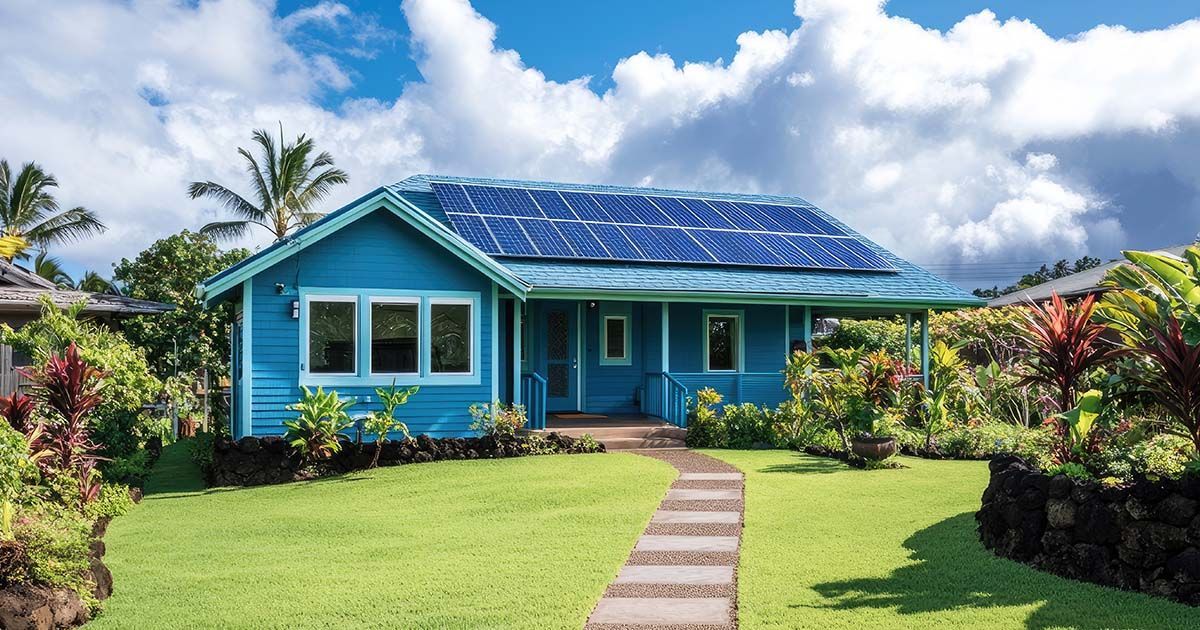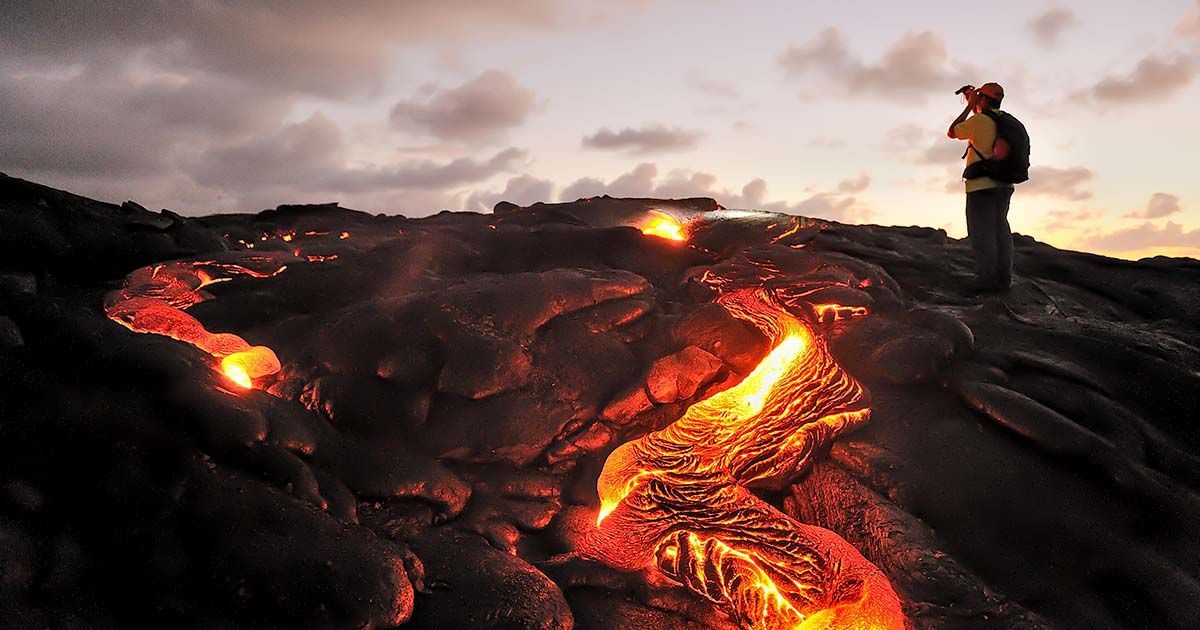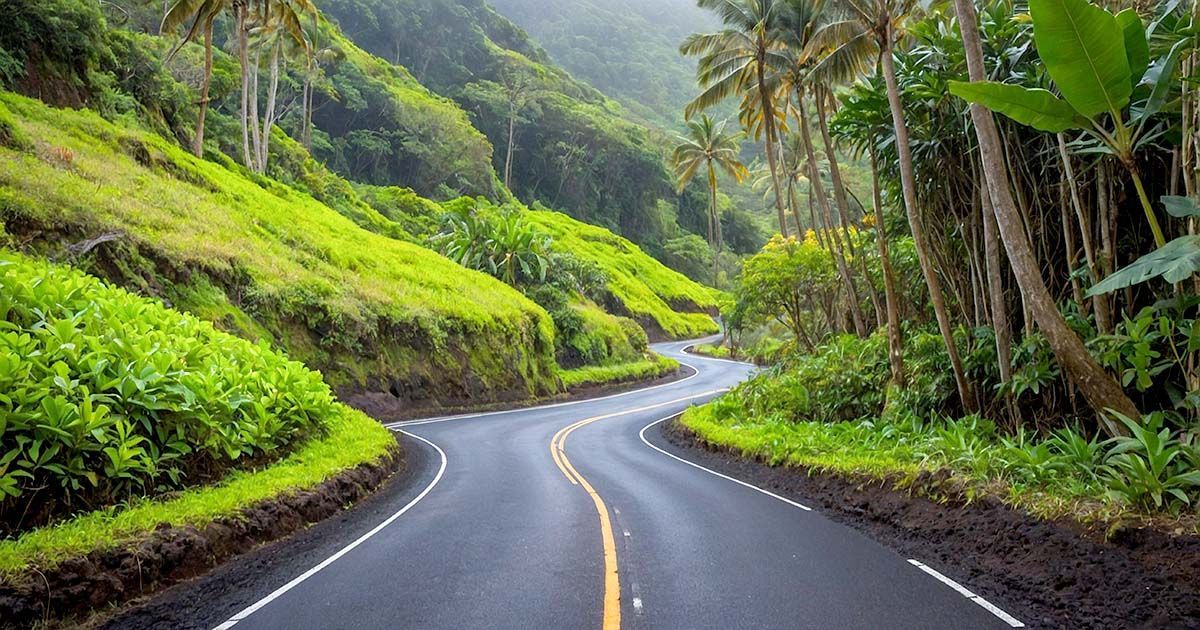Let’s Go Whale Watching! How, Where and When to Enjoy Watching Humpback Whales in Maui
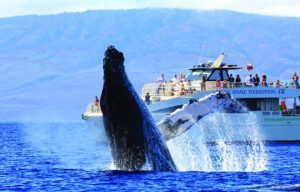
Every winter, about 4,000-5,000 Humpback whales—two-thirds of the whole North Pacific population, migrate to Hawai‘i’s warm waters from the chilly environs of Alaska for a well-deserved respite. The peak of their activity is from January through March, making this an ideal time for us to view them in the wild.
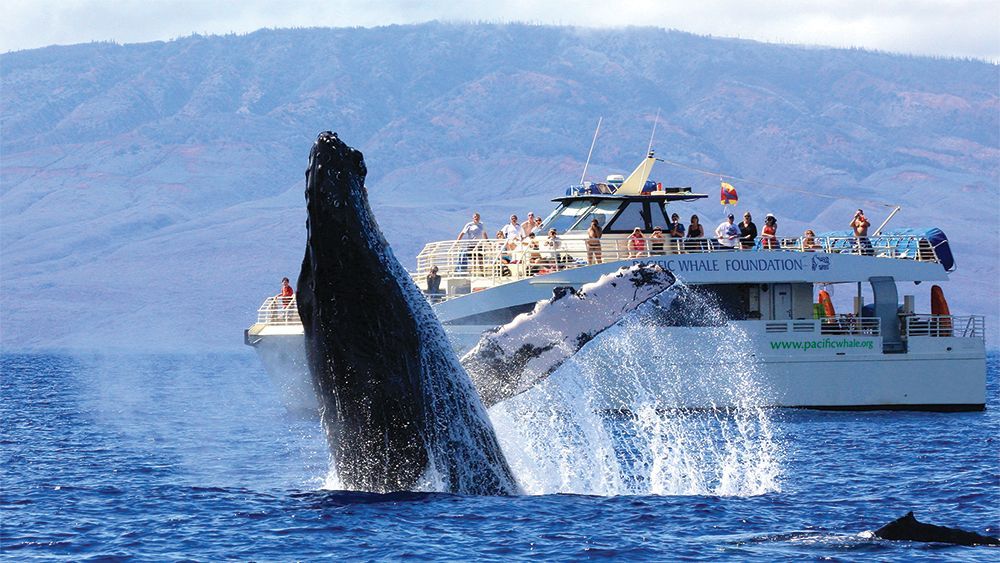
While summers in Alaska are devoted to feeding, their winters in Hawai‘i are focused on reproduction. In fact, the state is considered the nation’s primary mating and calving area. In particular, the warm, shallow waters off Maui’s south and western shores are conducive to the young calves’ survival. If you’re lucky, you may even see a Mama and her calf!
According to research findings, the first groups of whales to arrive are usually mothers with their calves from the previous year, or “yearlings.” Sexually immature whales (under the age of 5) arrive next, followed by mature males, mature mating females and finally, pregnant females or mothers with newborns.
More than just a cetacean, Humpback whales hold deep significance in Hawaiian history and culture. Known as kohola in Hawaiian, Humpback whales are divine creatures, and were even mentioned in the original Kumulipo (Hawaiian creation chant). For many Hawaiian families, the Humpback is regarded as an ‘ aumakua , a spiritual ancestor and protector for the generations to come. Some even believe that observing them in Hawai‘i’s waters can bring good luck. Because of this, Humpback whales are treated with the utmost respect.
Humpback whale research
To ensure their safety, Congress established the Hawaiian Islands Humpback Whale National Marine Sanctuary in 1992 to protect Humpback whales and their ocean habitat. The sanctuary is headquartered in the Sanctuary Education Center in Kīhei and features year-round educational exhibits, demonstrations and programs.
During their time in Hawai‘i, Humpback whales also serve an important purpose for researchers and citizen-scientists who hope to gain knowledge about whale population, characteristics, habits and behaviors. For instance, researchers identify individual whales by the patterns and pigmentations of their tail flukes, which are similar to the unique fingerprints of humans. As whales return every winter, researchers track their individual migration patterns and behaviors to develop long-term case studies. This ongoing monitoring is vital to the protection of these mammals.
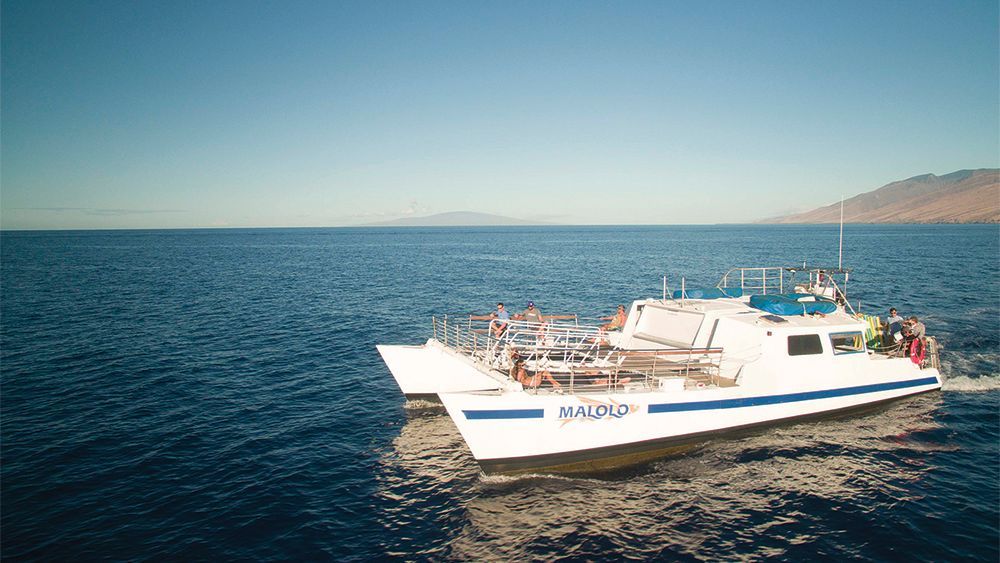
Observing whale behavior
Humpback whales are marvelous creatures with playful, unique behaviors that set them apart from other marine mammals. Watch for tail slaps, in which whales slap their flukes against the water’s surface in either a normal or inverted position. Watch for breaching when whales leap out of the water with almost half of their bodies above the water. Males are also known for “singing” some of the longest and most complex sounds of the animal kingdom. You can learn even more about their behaviors and facts from naturalists onboard a whale watch excursion.
The PacWhale Eco-Adventures offers up a number of responsible whale watching tours, providing a range of experiences. Get up at the crack of dawn for their Sunrise Whalewatch or hop on board their state-of-the-art catamaran for their Whalewatch Sail. All proceeds from their whale watching cruises go toward supporting the research, conservation and education programs of their parent company, Pacific Whale Foundation . Visit pacwhale.org to book your excursion and to learn more about the Pacific Whale Foundation’s activities.
Boss Frog’s Snorkel, Bike & Beach Rentals also provides opportunities to go whale watching. In addition to renting gear for your land and sea adventures, Boss Frog’s is also a concierge service, helping to book you on all sorts of islandwide activities, from ziplines to parasails, dinner cruises to—you guessed it—whale watching trips. Tours are available on their high-speed catamaran, the Malolo .
They’ve even got daily snorkeling charters on their very own Calypso , “the premiere snorkeling catamaran in America.”The Molokini Snorkel, SCUBA and SNUBA Adventure stop at Molokini and Turtle Town. Breakfast and lunch (with a vegetarian option) are included. Visit bossfrog.com to learn more and find a package that’s right for you.
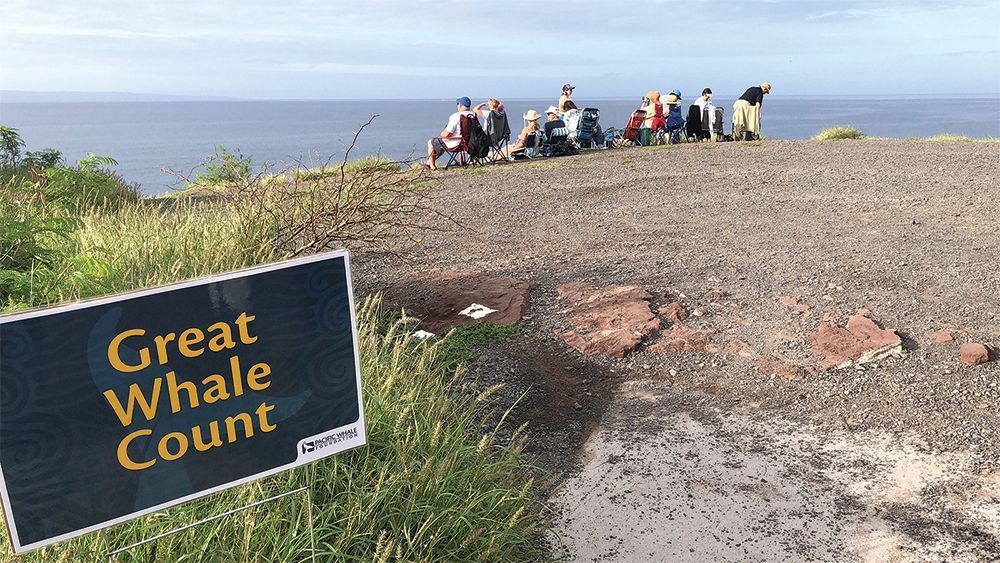
Ocean whale counts
If you’d like the opportunity to help researchers, ocean whale counts are held once a month in January, February and March on Maui, O‘ahu, Hawai‘i Island and Kaua‘i.
On Maui, the annual Great Whale Count takes place during the Maui Whale Festival and is scheduled for February 29, 2020. Email research@pacificwhale.org to sign up or visit pacwhale.org to learn more.
For the other islands, contact the Hawaiian Islands Humpback Whale National Marine Sanctuary or visit their website for info on its annual Sanctuary Ocean Count, hawaiihumpbackwhale.noaa.gov.
[A version of this article appears in print in the pages of This Week Maui]
Keywords: maui whale watching whales hawaii things to do maui Hawaiian waters whale sightings North Pacific humpback whales maui ocean center boat tours
